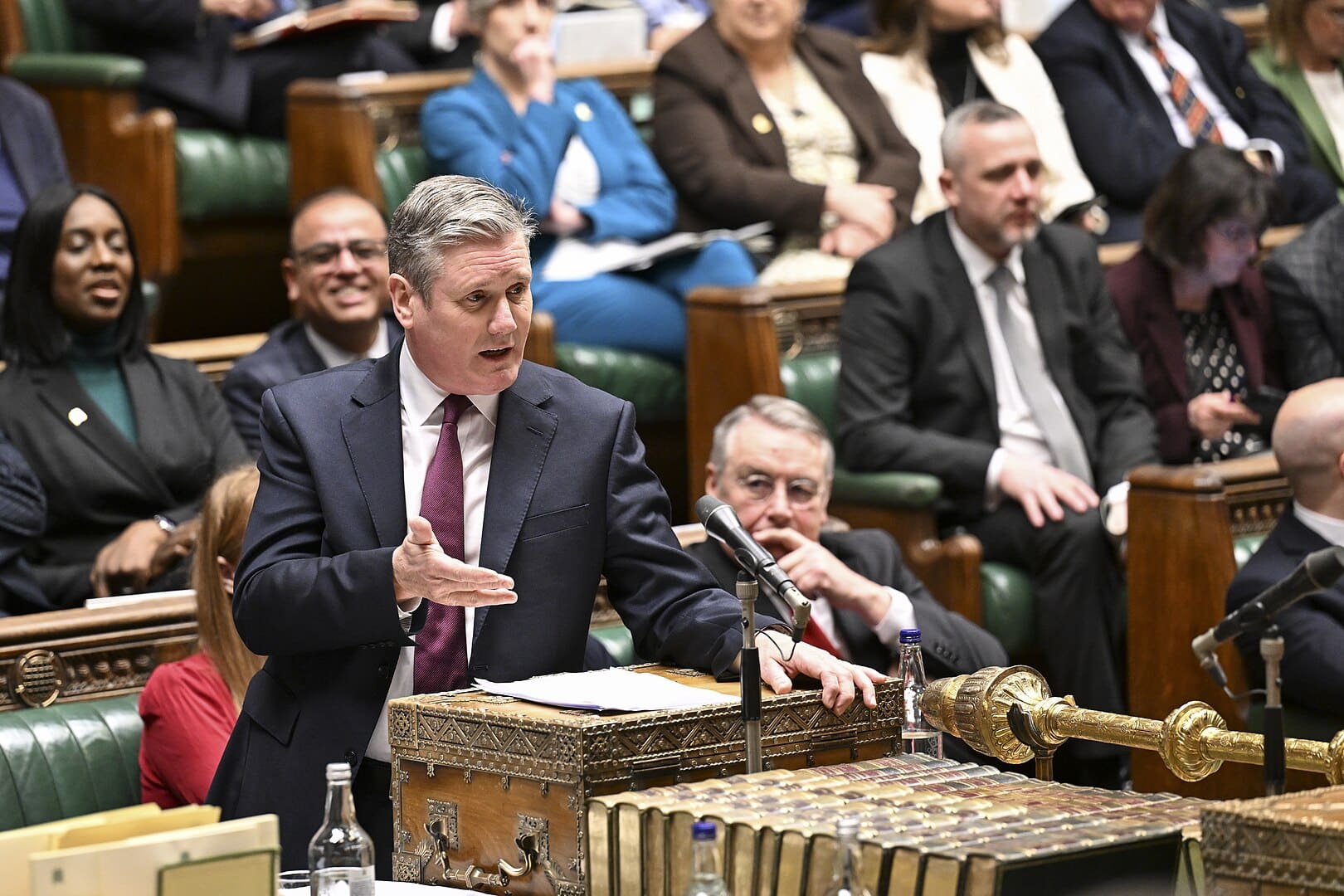 BBC News
BBC NewsBorrowing was £17.4bn last month, the second highest October figure since monthly records began in 1993.

Labour’s Brave New Energy World: Sir Kier Starmer’s Ambitous Policy Proposals, by Dinesh Dhamija
With the UK election barely a month away, voters are scanning the parties’ manifestos for clues to the future – particularly that of the likely winner – Sir Kier Starmer’s Labour Party.
As a solar energy entrepreneur, I’m alert to the parties’ renewable promises and ambitions. The most recent Conservative government talked a brave game, but gradually ditched its green commitments, because a vocal minority of its supporters hated the plans. This resulted in a fragmented approach to renewable energy, with many initiatives either scaled back or abandoned altogether.
The Labour Party has promised a new energy deal in its pitch to the nation, including a state-owned business – Great British Energy – to invest in renewables: onshore and offshore wind, solar power, gigafactories, energy storage, and green hydrogen. This comprehensive approach aims to cover a wide array of renewable energy sources and technologies, ensuring a diversified energy portfolio for the UK.
Listening to Sir Kier address a meeting in Leith in Scotland, you might think that he was the world’s green energy Messiah. Launching his party’s ‘national mission on clean energy’, he promised: “It will power us forward towards net-zero, generate growth right across the country, end the suffocating cost of living crisis and get Putin’s boot off our throat with real energy security.” These ambitious goals reflect a deep understanding of the interconnected challenges of energy security, economic growth, and environmental sustainability.
It is, he proclaimed, “a plan to use clean power to build a new Britain, a plan to get our future back.” Stirring words, and a welcome commitment. But as recently as February this year, Labour ditched a promise to invest £28 billion a year in green spending, shrinking it to just £4.8 billion a year. What kind of a new deal is that? This significant reduction raises questions about the feasibility and impact of Labour’s green energy initiatives.
Sir Kier bemoans the lost opportunities of the Tory government and the squabbles of the Scottish National Party, for whom a British success would contradict their drive for independence. He plans to headquarter GB Energy in Scotland and harvest the blowy conditions through a massive new wind energy programme, extending right down the eastern coast of the country to Grimsby in Lincolnshire. This strategic location aims to maximize the potential of wind energy, leveraging the geographical advantages of the UK’s coastline.
He plans tidal energy in the Firth of Forth and in South Wales, with clean hydrogen programmes in Yorkshire, Merseyside, and Grangemouth. These projects highlight Labour’s commitment to exploring diverse renewable energy sources, recognizing the unique potential of different regions across the UK.
Quite how far £4.8 billion will go, spread across these many fields, is an open question. The substantial reduction in proposed spending necessitates a careful reassessment of priorities and expected outcomes. Achieving significant progress with limited funds will require innovative approaches and efficient allocation of resources.
Sir Kier points to the transformations of US President Joe Biden’s 2022 Inflation Reduction Act. But that included $783 billion for renewable energy and climate measures. He also wants to model GB Energy on Denmark’s Ørested or Sweden’s Vattenfall, but both of those countries have long traditions of renewable energy champions, paid for through high taxation. The comparison underscores the scale of investment and cultural commitment required for such a transition. Labour’s brave new energy world is an incredibly positive but also very expensive undertaking.
Is Britain ready for the Scandinavian model? This question remains at the heart of the debate, as the UK’s political and economic landscape differs significantly from that of Scandinavian countries. Adopting a similar approach would necessitate substantial shifts in policy and public perception.
Labour’s energy policy is targeted at the Red Wall seats lost during the Brexit saga. It aims to claw back support in the industrial Midlands and north (including Scotland) by promising a brave new world of clean, secure energy, with hundreds of thousands of jobs. This focus on job creation and regional development seeks to address economic disparities and garner broader support for Labour’s vision.
All very inspiring, but without cash to back up its promises, I fear it is little more than hot air. The ambitious plans for Labour’s brave new energy world need substantial financial backing to move from rhetoric to reality, ensuring tangible benefits for the UK’s economy and environment.
Dinesh Dhamija founded, built, and sold online travel agency ebookers.com, before serving as a Member of the European Parliament. Since then, he has created the largest solar PV and hydrogen businesses in Romania. Dinesh’s latest book is The Indian Century – buy it from Amazon.